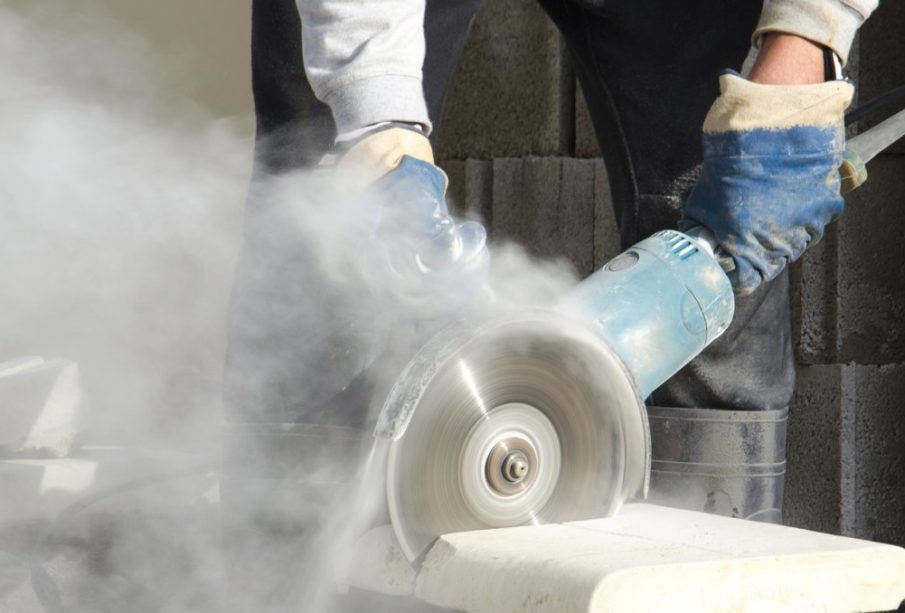The Danger Of Dealing With Dust In The Workplace

Millions of workers are exposed to occupational dust and its dangers every day. Whether on construction sites or factory floors, dust is ubiquitous. Despite appearing harmless, dust poses significant health risks. This document explores these dangers and offers preventative measures to safeguard workers’ health.
Health Risks of Dust Exposure
Significant dust exposure can adversely affect health. Dust inhalation allows tiny particles to become trapped in the body, leading to inflammation, infection, and severe health conditions. Airborne dust contamination is linked to respiratory diseases such as pneumonia, pneumoconiosis, extrinsic allergic alveolitis, and certain cancers. Additionally, dust exposure can result in eye damage and skin conditions, including cancer.
The toxicity level of dust depends on its source. Mineral processing can generate highly dangerous dust, such as silica and asbestos. These substances are common yet hazardous, contributing to many documented worker fatalities. In the UK, past asbestos exposure is estimated to cause around 5,000 deaths annually.
Combustible Dust Hazards
Certain dust types pose combustion risks. Dust from agricultural products, metals, plastics, and chemicals can ignite under specific conditions. Known as the “dust pentagon,” explosions occur when combustible dust particles are suspended in the air or confined in a limited space. With the presence of oxygen and an ignition source, these particles can cause catastrophic explosions, resulting in injuries and fatalities.
Preventative Measures
Education and training are crucial for mitigating dust exposure. Workers should be informed about the dangers of dust and trained in safety practices. Providing personal protective equipment (PPE) is essential, including barrier creams, goggles or visors, and respiratory protection masks.
Employers must also implement preventative measures. These include monitoring airborne dust concentrations, installing proper ventilation, and using containment strategies. Regular cleaning practices, such as using industrial vacuums, can significantly reduce dust levels and improve air quality.
Reducing dust levels in the workplace is beneficial for business, protecting both the workforce and equipment. It also helps avoid reputational damage and fines from regulatory bodies such as the World Health Organization. For additional dust prevention methods, please refer to the accompanying resource.
The Danger Of Dealing With Dust In The Workplace, provided by DuroVac, an organization offering their very own portable industrial vacuum










